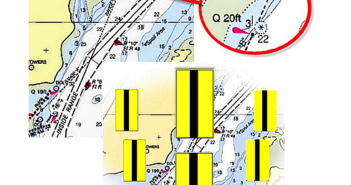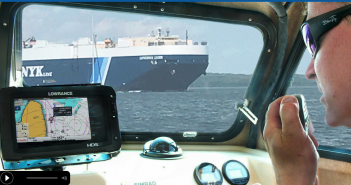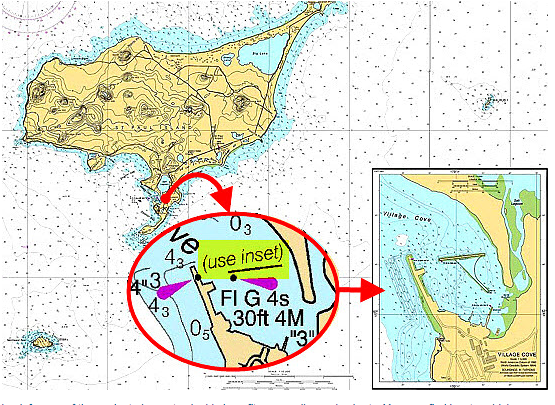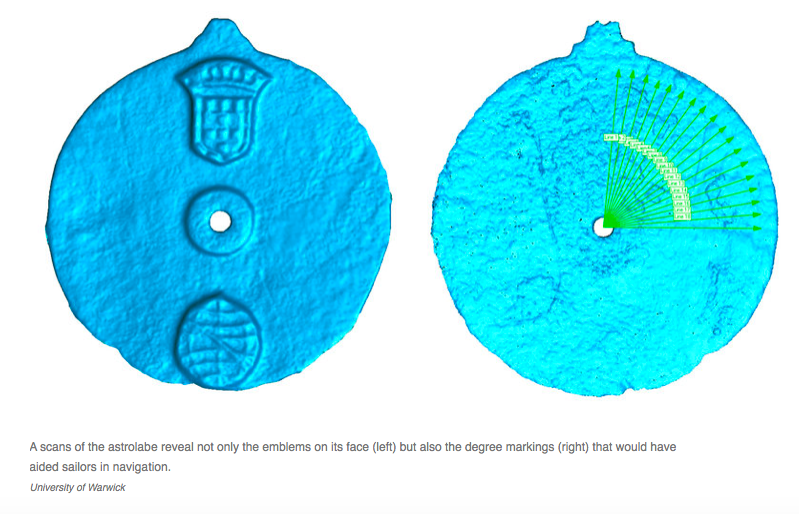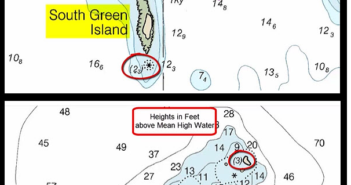
What Those Numbers Mean on a Chart
Here’s some great advice from Skipper Tips about how to read a chart – electronic or paper – showing numbers, including some with underlines or enclosed by parentheses. Here’s how to read these symbols to keep off the rocks and navigate safely: Nautical datums are stated in two ways. Look in the title block area (that area of a chart just beneath the title) to the “Chart Datum”, or soundings (depths). These will be stated as feet, fathoms, meters or a combination such as fathoms and feet or meters and decimeters (tenths of a meter). Next determine the “Height Datum.”…

